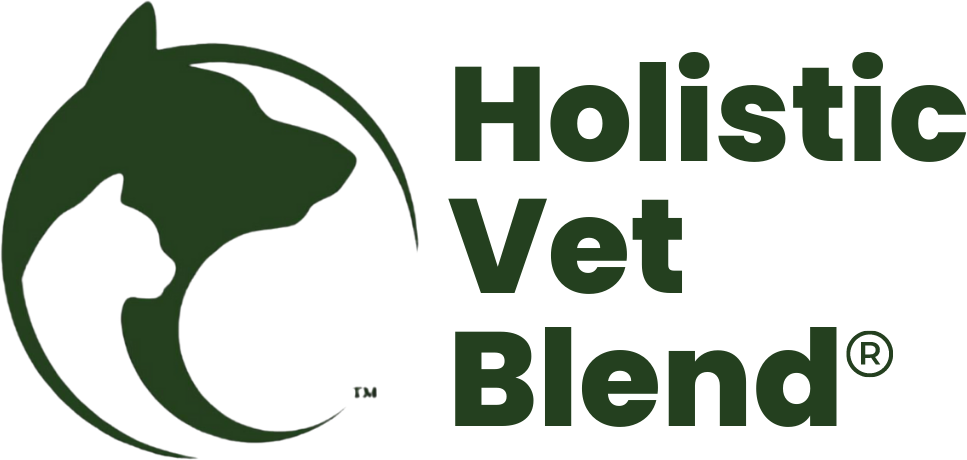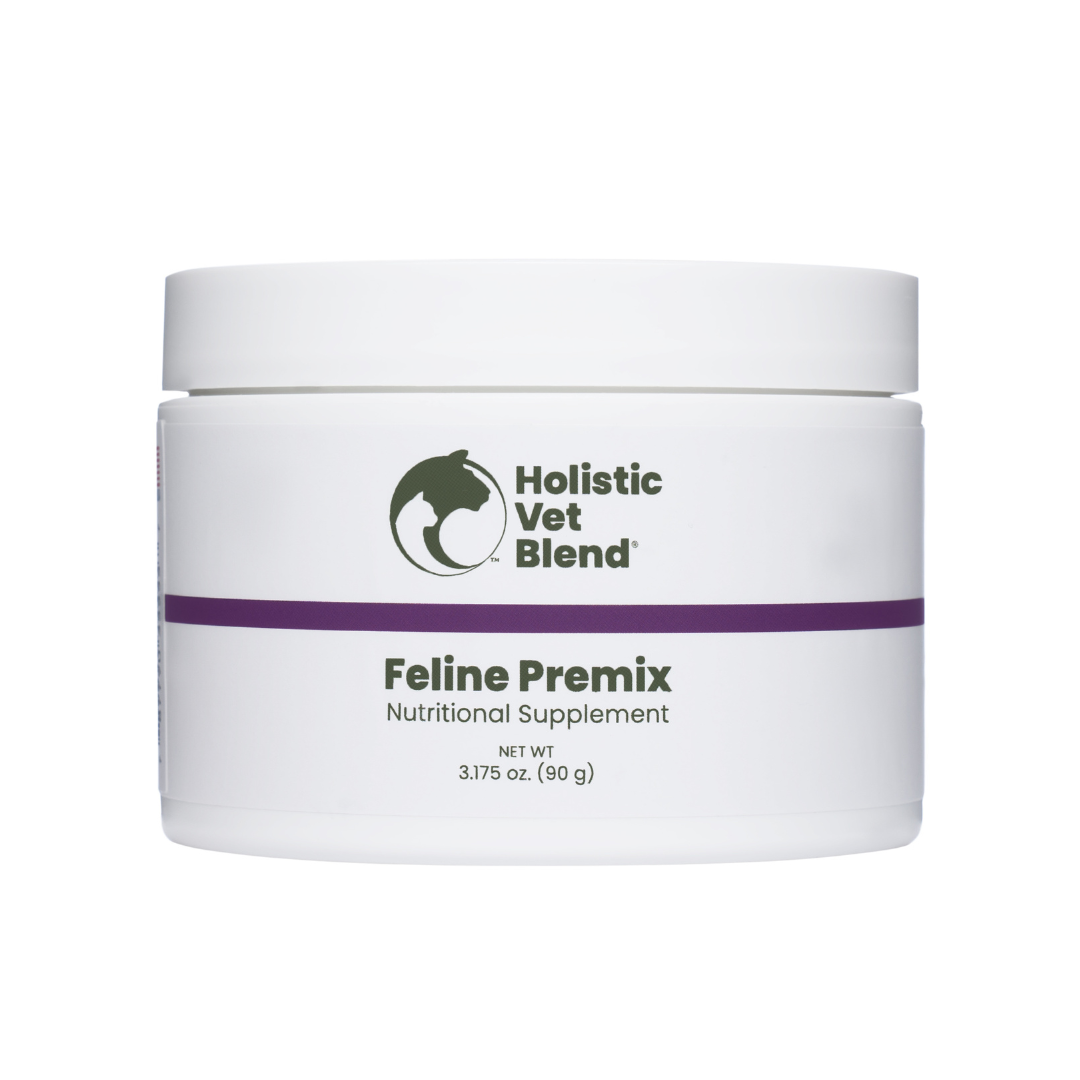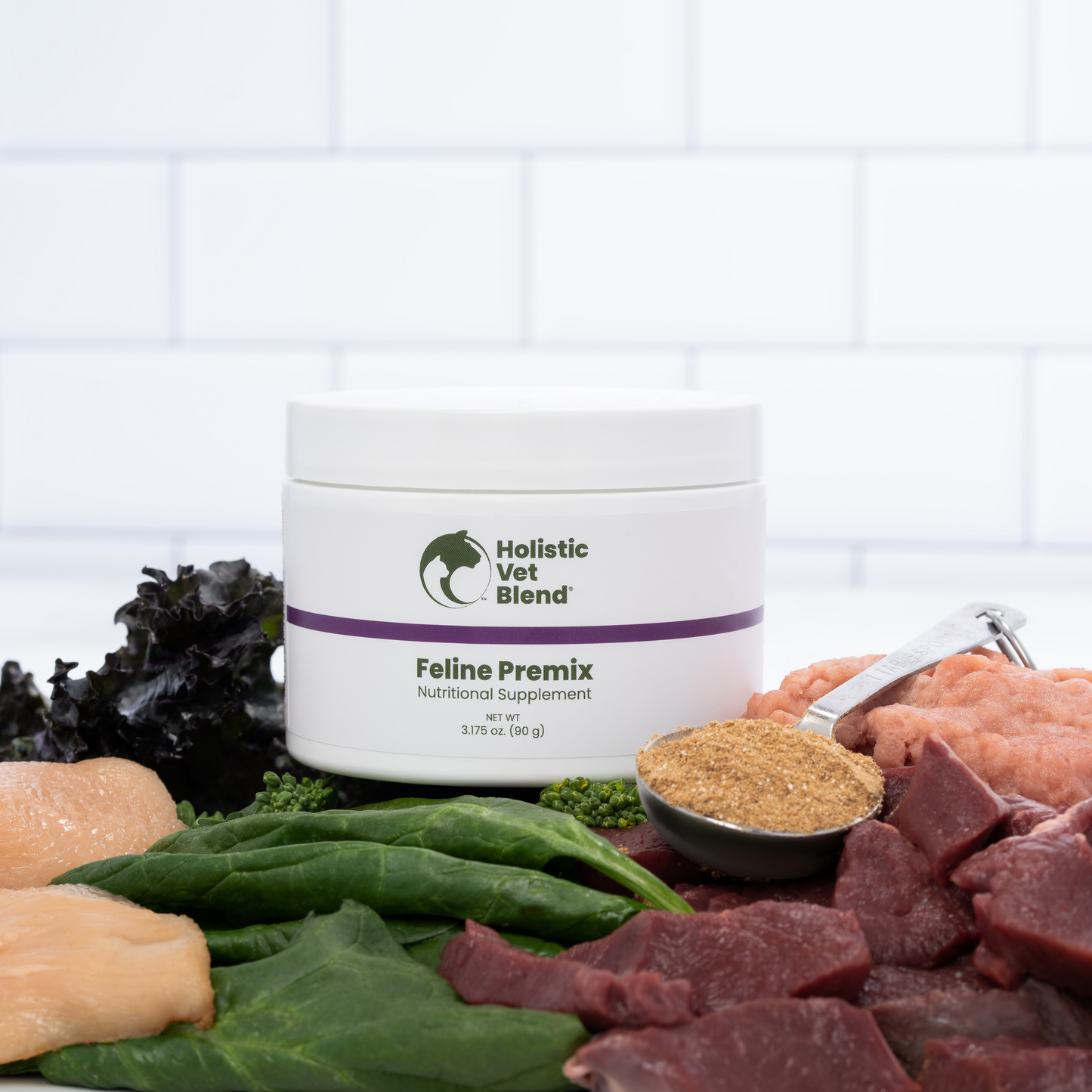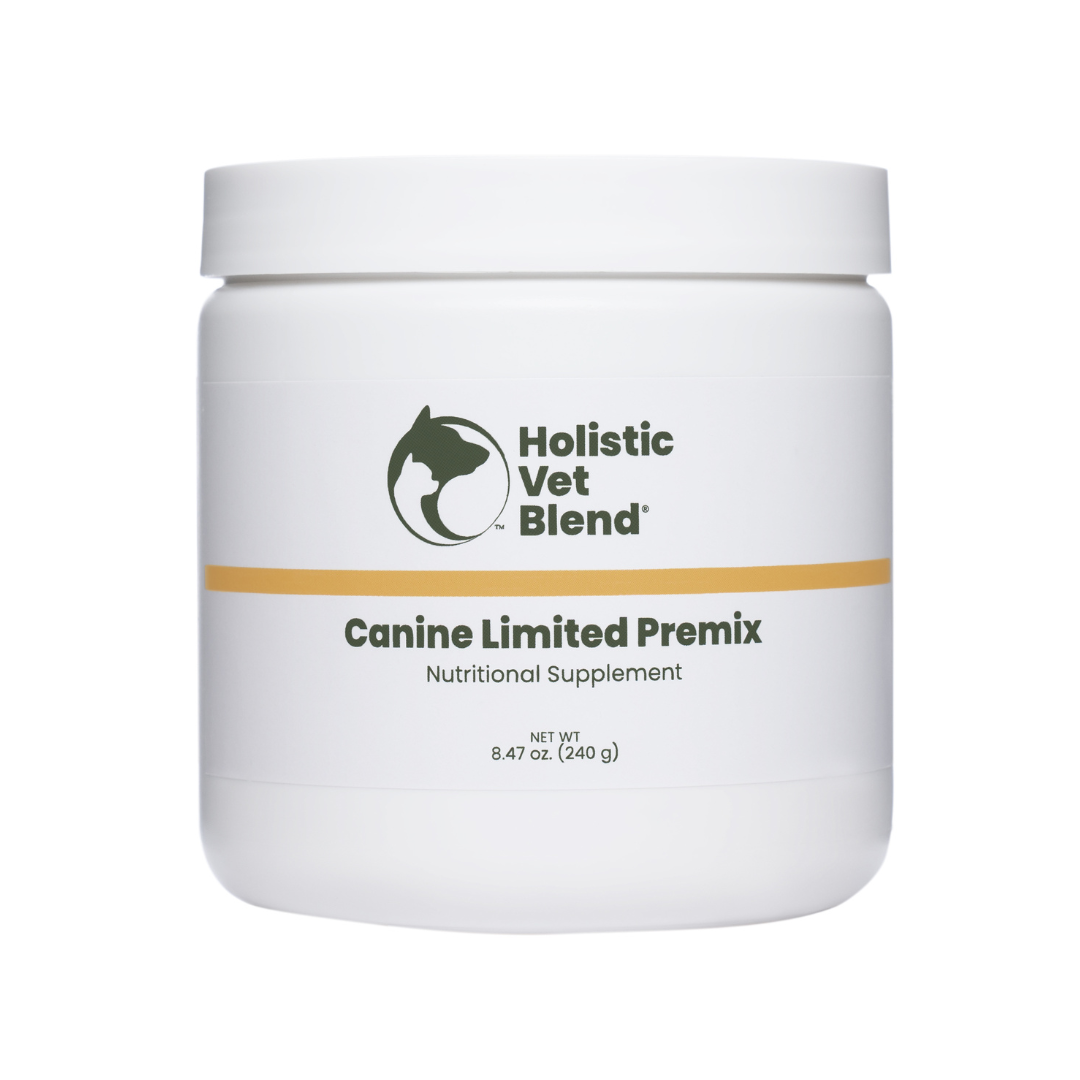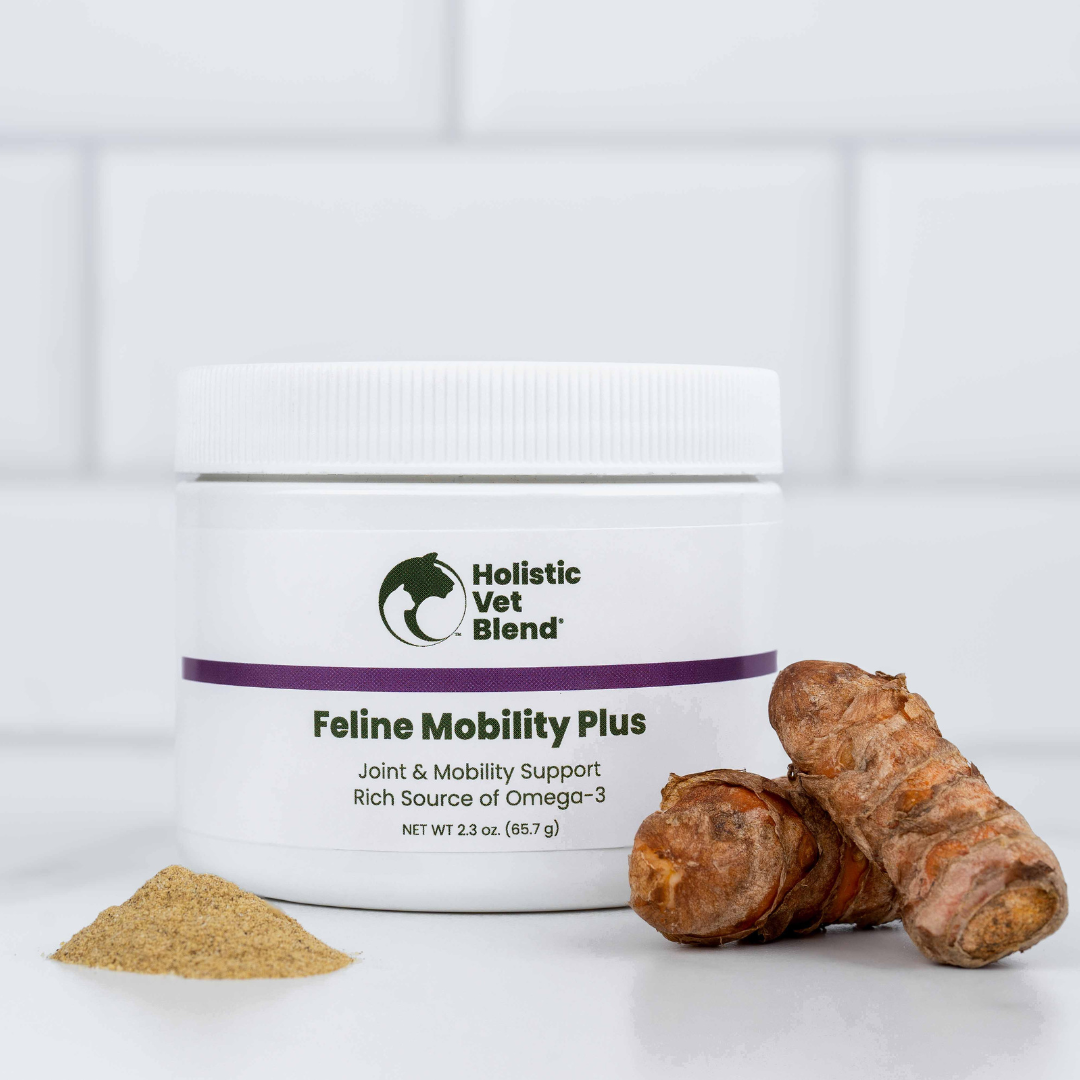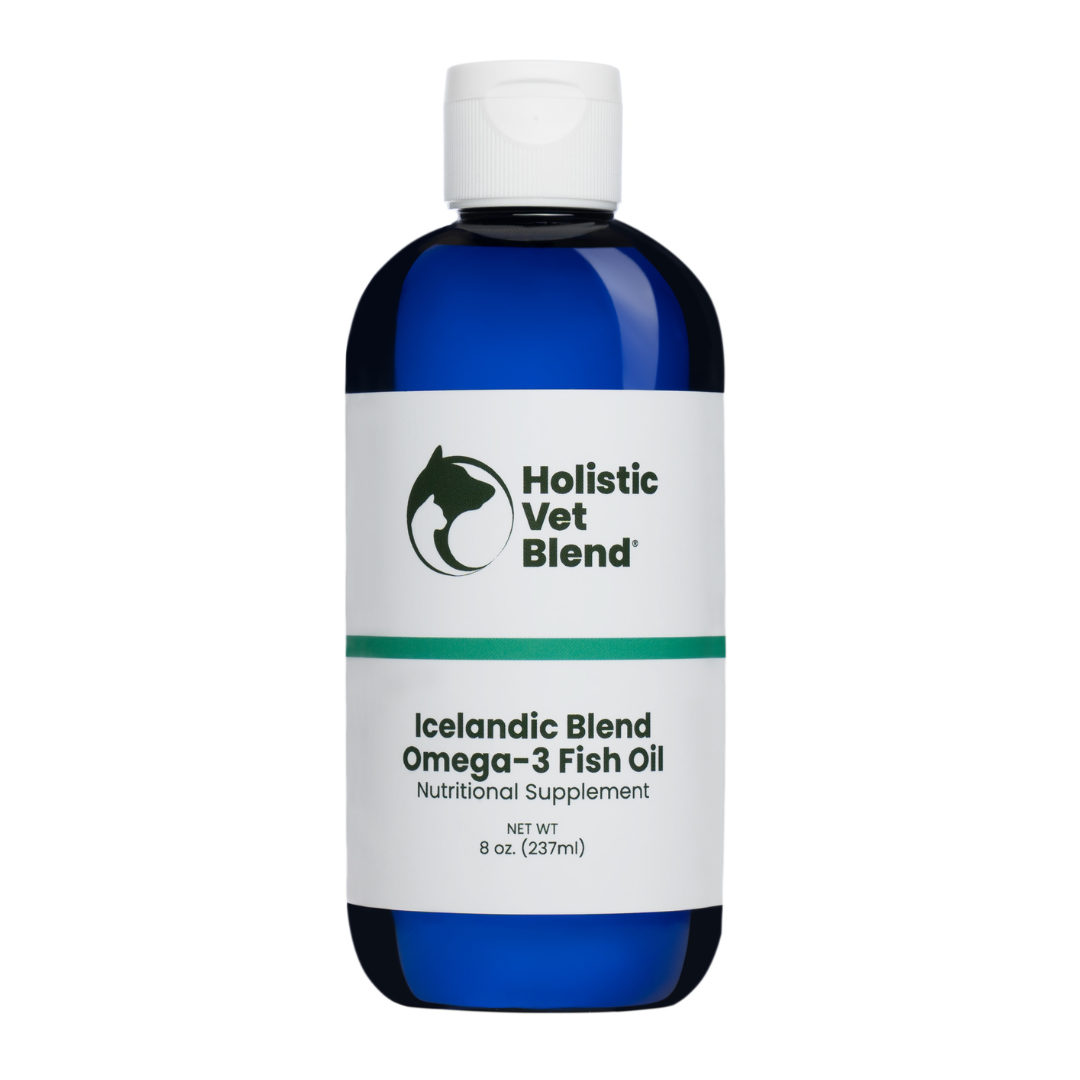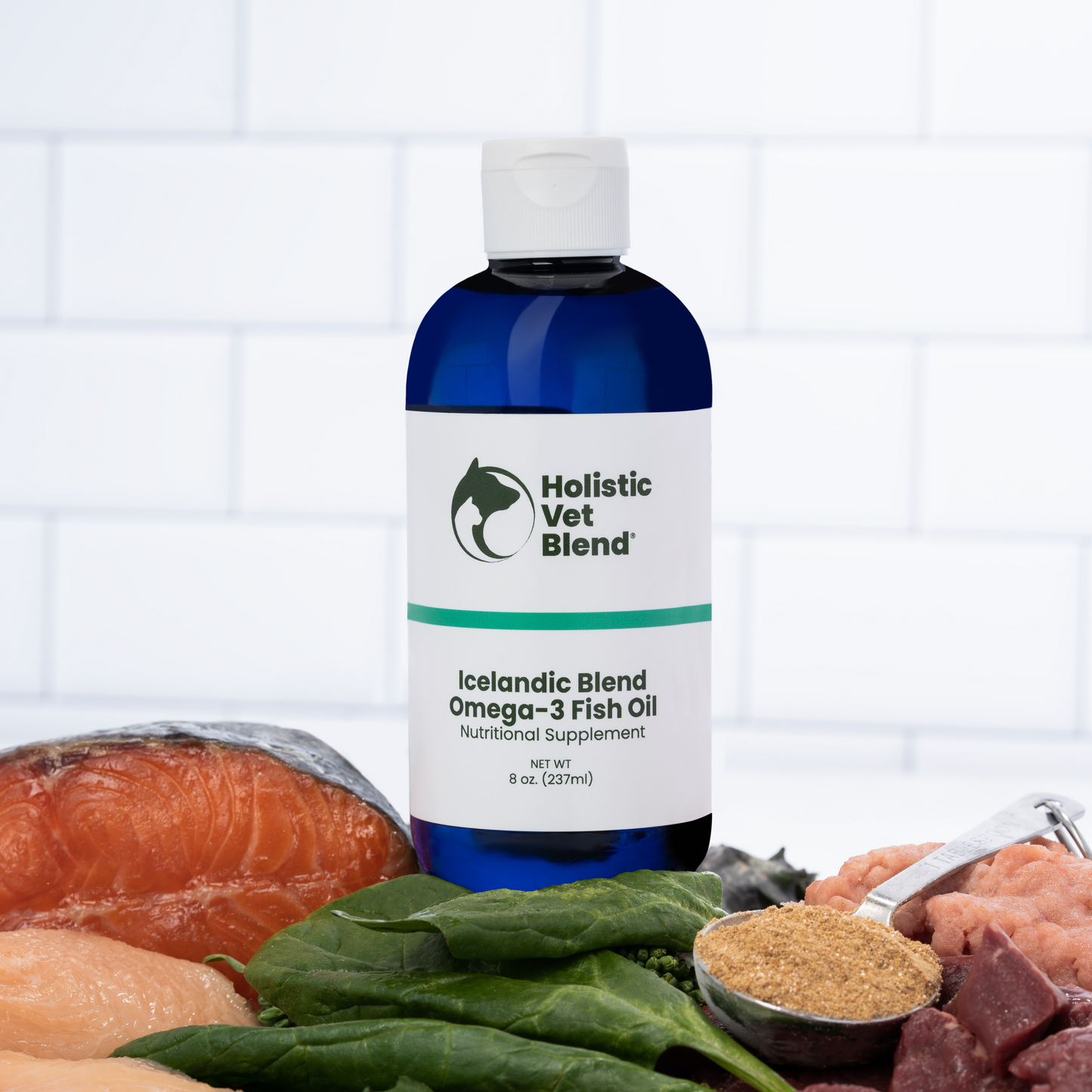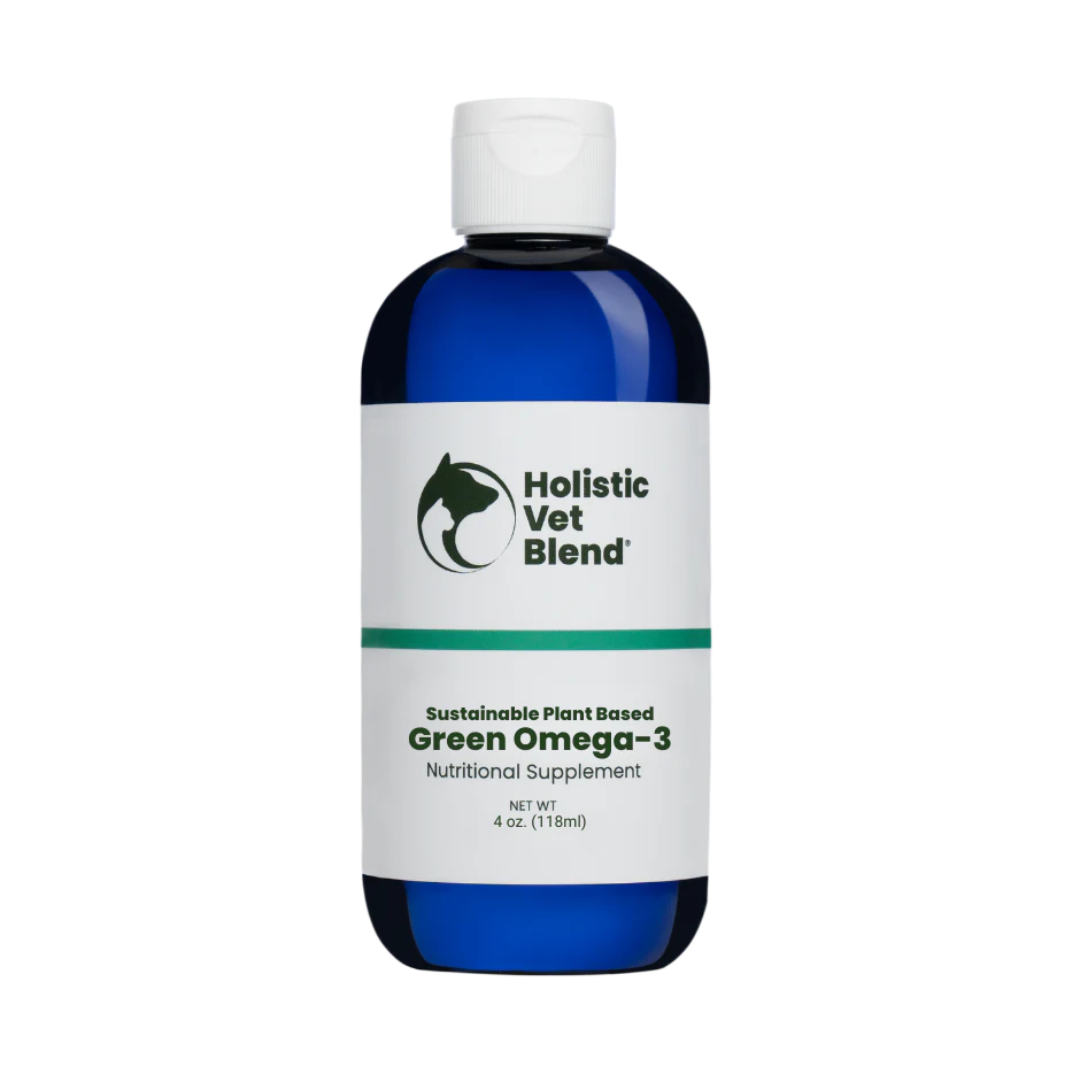
Should you feed a raw diet? Risks and benefits and a few myths dispelled
Feeding your pet a raw diet may seem intimidating at first. One of the biggest concerns pet owners may have is finding good sources of raw meat. Another concern is the safe handling and storage of raw meat to prevent potential health risks for you and your pet. In this blog post, we will cover some important guidelines for the safe sourcing, handling, and storage of raw meat to help you feel confident in feeding your pet a raw diet. We will also dispel a few myths about raw diets.
Kibblecrats vs. the Religious Raw
There are so many myths out there about raw feeding, and there are just as many promoting ultra-processed foods being the healthiest for our pets. Just hop on Facebook, and you can see just how polarized people are. Our job is to remain open and rely on the best information we can, so please do not assume I am against raw or a kibblecrat. I am, however, opposed to an entirely ultra processed diet. I believe that there should be some balance with integrating or topping kibble with some fresh, homemade, minimally processed, or raw foods. Understandably, feeding entirely raw may not fit a persons time constraints or budget. And certainly in earthquake and fire country, people should have canned food handy in the case of an earthquake or evacuation for any reason.

A Few Myths About Raw Feeding
Myth #1: Freezing kills bacterial pathogens. Freezing does not kill bacteria. It just sends them into hibernation only to flourish when the meat is thawed.
Myth #2: Feeding raw food is more dangerous than feeding kibble. This is not true with balanced raw diets from reputable and quality sources. There are pathogens and recalls reported in kibble as well.
Myth #3: Rosemary in raw meat is dangerous and should not be fed to dogs or cats. There were no incidents of rosemary poisoning reported to the ASPCA National Poison Control. Zero. Nada. Yet, there is a still misinformation out there about this. Its inclusion in raw food is to prevent spoilage, as it is an antioxidant. Although the undiluted essential oil can be especially toxic to cats it will not cause a problem when used to preserve meat. It has been reported erroneously that dogs and cats can seizure from it, based on reports in humans. The poison is in the dose and even high levels of rosemary did not provoke seizures in dogs in studies. Its use to preserve meat naturally has more benefits than risks, and only internet lore and Dr Google say it is toxic. Of course there can be idiosyncratic sensitivities to anything, but this one holds no truth. One study showed that the natural antioxidants provided by rosemary in dog food inhibit rancidity and stimulate antioxidants in the body, minimizing the impact processed food (1). Another study showed that rosemary actually protects the liver, which could make an argument for it decreasing the incidence of seizures as the liver detoxifies the body which would benefit neurological health.(2)
Myth #4: Raw meat contains enzymes that are important for digestion. Although there are enzymes present, they are enzymes involved in the degradative process when the meat spoils. They play no significant role in digestion.
Myth #5: Raw meat is always healthier than cooked meat
Truth: While raw meat can be more biologically appropriate for dogs and cats, it's not always healthier. Cooking can actually make some nutrients more available and easier for pets to digest. You wouldn’t feed a sick person or a geriatric human salad with tritip meat, as it would be a challenge to chew digest. Adjustments need to be made for seniors and pets with medical issues. Switching to a raw diet may not be the best choice for a dog with a diagnosis of lymphoma on chemotherapy. You want to make the job of digestion easier. Cooking food eases the job by getting the process of digestion started.
Myth #6: Raw feeding is less expensive
Truth: While raw feeding can be less expensive than some premium commercial pet foods, it can also be more expensive than other options, especially if you balance it with essential nutrients and buy quality ingredients.
Myth #7: Raw feeding is easy and requires no preparation
Truth: Raw feeding requires careful preparation, storage, and planning to ensure that your pet is getting all the essential nutrients they need. It takes balance and the right combination of meats, bones, and supplements to create a complete and balanced diet. Vegetables must be pureed as dogs do not possess the enzymes to digest their cell walls to get to the nutrients inside. It’s important to have abundant freezer space if you have large dogs or multiple pets.
Myth #8: The ancestral diet exists in the present day and is best for all dogs. First of all, with a fresh kill in the wild, an animal is less likely to encounter the pathogens seen in modern day factory farming with resistance from antibiotics. In the wild an animal gets fiber from the fur, and ingesta from the animal as well as organ meat, and bones. Wild dogs even bury their bones and dig them up later, nature's way of eating fermented food with probiotics. These probiotics are not the ones our modern-day dogs encounter. Modern day dogs are in the trenches with bacteria that are much more sinister due to factory farming, and the overuse of antibiotics.
Where can I look for quality meat?
- Always Purchase High-Quality Meat - When feeding your pet a raw diet, it is essential to buy high-quality meat from a reputable source. Look for meats that are labeled suitable for human consumption, and try to choose organic or grass-fed options whenever possible. Remember with meat that is not organic, that long-term use of antibiotics contributes to resistant bacteria to be present.
- Buy meat from stores that turn their meat over frequently as it is more likely to be fresh.
- Pay close attention to the expiration date as it’s already “eating” into your freshness timing.
- Get your butcher to grind the meat fresh for you if you can. Conventional ground meat is more likely to have contamination from pathogens.
- Pay attention to the storage methods especially if you are buying from a cooperative as storage during travel and delivery can decrease freshness and encourage spoilage and contamination.
- If ordering from a company that makes raw check that they test products for pathogens and has high standards and works with a PhD nutritionist or veterinary nutritionist.
What about raw fish?
Cooking will kill parasites in raw fish. Freezing to -4 Farenheit (-20 Celsius) will kill some. That being said, not all parasites are a problem in every species. It’s not worth the risk in my opinion.
Salmon poisoning is a serious and fatal disease of dogs that get infected from a fluke that carries a rickettsial bacteria called Neorickettsia helminthoeca. This disease has not been reported in the cat. Sushi-grade salmon is frozen and safer, but why take a chance?

What are the benefits of feeding a raw food diet?
One of the main arguments in favor of raw food diets is that they biologically mimic the diet of their wild ancestors best. There is less stool produced, possible improved digestion, shinier coat, stronger immune system, increased energy levels and better weight management. I would definitely say as a veterinarian with over 30 years of experience I can’t think of the last dog fed a raw diet that was overweight! Dry food is 4-5 times more calorie dense than wet or homemade food, and thus more likely to cause weight gain. A dogs stomach is a large part of it’s digestive tract and calorie dense foods that don’t take up a lot of space make the average Labrador seem like a bottomless pit. Less calorically dense foods (think salad vs french fries) take up more space and be more filling.
You won’t find many large scale, double blinded, controlled studies on the benefits of feeding raw. This is not surprising as the nutrition studies at veterinary schools are largely funded by pet food companies, and there are few raw food companies that can do large scale studies. Hopefully that will change. Certainly something must change when there is a disconnect in the way we eat less processed food for health, and make the completely opposite recommendation for our pets.
There is a study in dogs that revealed early exposure to raw food under 6 months of age led to less chronic enteropathy, or digestive issues. The study done by the University of Helsinki Veterinary School was based on an owner survey which researchers would consider not entirely objective. The same group in a study of over 4,000 dogs showed a beneficial effect of feeding raw on development of allergies later on and the benefit was present if at least 20% of the diet was raw (4). I would argue that the effect could be related to a lower Omega 3 to Omega 6 ratio as well, which is typically much higher in dry food versus minimally processed or raw as well.
Risks of Raw Food Diets
Raw meaty bones can cause slab fractures, and broken teeth. Some dogs do not have the dentition to handle raw meat and bones.
Raw meat and eggs can contain pathogens such as Salmonella, Listeria, and E. coli.
If raw meat contains pathogens they can be transmitted to humans. This can also occur with kibble diets as well.
Many raw diets depend on balance over time and there can be potential nutritional inbalances if one is not careful.
While raw diets may be species appropriate, they may not be planet appropriate. Dogs and cats consume 25% of the calories from meat already. This is the time when we really need to think about our pet’s carbon footprint. Since dogs have evolved to metabolize carbohydrates and use them as energy sources and a source of fiber to feed the microbiome, why wouldn’t we feed them if their protein requirement were satisfied? Unfortunately, we don’t have that wiggle room with cats. As long as they have enough protein for metabolism, some phytonutrients and energy from complex carbohydrates can actually work well for them and our planet.

What about raw food handling and safety?
- Keep Raw Meat Separate from Other Foods - When handling raw meat, it is important to keep it separate from other foods to prevent cross-contamination. Use separate cutting boards, utensils, and storage containers for raw meat, and always wash your hands and surfaces thoroughly before and after handling raw meat.
- Store Raw Meat Appropriately - Raw meat should always be stored at a safe temperature to prevent bacteria growth. Keep raw meat in the fridge at 40°F or below, and always make sure it is well-wrapped or stored in a sealed container to prevent any leaks or dripping. If you are planning to feed your pet raw meat within a few days, you can also freeze it until you are ready to use it.
- Thaw Meat Safely - If you need to thaw frozen raw meat, it is important to do so safely. The best way to thaw raw meat is in the fridge over a period of several hours or overnight. Avoid thawing meat at room temperature or in warm water (cold water is recommended), as this can increase the risk of bacterial growth. Once the meat is thawed be sure to use it quickly to ensure its freshness.
- Practice Good Hygiene - Good hygiene is key when handling raw meat for your pet's diet. Always wash your hands thoroughly before and after handling raw meat, and make sure to clean any surfaces or utensils that come into contact with the meat.
- Disinfect surfaces. Clean first with hot, soapy water and sanitize after with a dilute bleach solution that can be made with 1 Tablespoon of bleach in a gallon of water.
- Be extra vigilant with all raw food around the very young, the very old and immunocompromised. Don’t let down your guard either around kibble as it harbors pathogens just as much as raw food these days. Humans are more susceptible to pathogens due to the lengthy transit time of food in the digestive tract compared to dogs and cats which is relatively much faster.
Conclusion:
Feeding your pet a raw diet can be a great way to provide them with a wholesome, nutrient-dense diet, but it's important to handle raw meat safely to prevent any potential health risks. Always purchase high-quality meat, keep raw meat separate from other foods, store it at a safe temperature, thaw it safely, and practice good hygiene when handling it. By following these guidelines, you can feel confident in providing your pet with a safe and healthy raw diet.
(1)Addition of a blend of essential oils (cloves, rosemary and oregano) and vitamin E to replace conventional chemical antioxidants in dog feed: effects on food quality and health of beagles.
Language: English
Arch Anim Nutr. October 2021;75(5):389-403.
Taíse Mendes Maldaner Schlieck 1, Tiago Goulart Petrolli 2, Bianca F Bissacotti 3, Priscila M Copetti 3, Nathieli B Bottari 3, Vera M Morsch 3, Aleksandro Schafer da Silva 4
(2) Phytother Res. 2009 Oct 13. [Epub ahead of print]
Oxidative stress modulation by Rosmarinus officinalis in CCl(4)-induced liver cirrhosis.
Gutiérrez R, Alvarado JL, Presno M, Pérez-Veyna O, Serrano CJ, Yahuaca P.
(3)Manal Hemida, Kristiina A. Vuori, Robin Moore, Johanna Anturaniemi, and Anna Hielm-Björkman. Early Life Modifiable Exposures and Their Association With Owner Reported Inflammatory Bowel Disease Symptoms in Adult Dogs. Front. Vet. Sci., 01 February 2021 | https://doi.org/10.3389/fvets.2021.552350
(4)Puppyhood diet as a factor in the development of owner-reported allergy/atopy skin signs in adult dogs in Finland. Manal B. M. Hemida, Siru Salin, Kristiina A. Vuori, Robin Moore, Johanna Anturaniemi, Sarah Rosendahl, Stella Maria Barrouin-Melo, Anna Hielm-Björkman, 14 July 2021, Journal of Veterinary Internal Medicine 2021 Sep;35(5):2374-2383. https://doi.org/10.1111/jvim.16211
